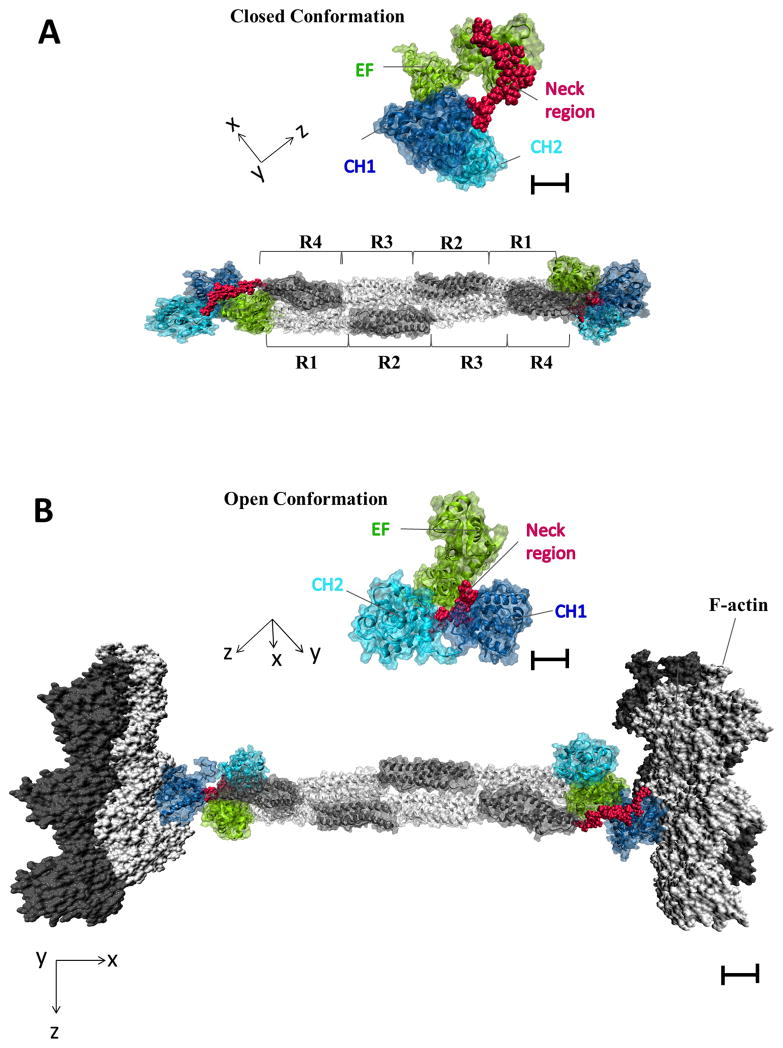Figure 5. Role of CaMKII Binding to GluN2B in AMPAR Phosphorylation.
Ca2+ influx during LTP will induce association of CaMKII with the NMDAR. From there, CaMKII can reach and phosphorylate neighboring AMPARs. Phosphorylation of GluA1 on S831 will immediately increase conductance through AMPARs (dark purple). The Ca2+ influx will also facilitate detachment of the cytosolic C-termini of TARPs (dark magenta), which have multiple positively charged Arg and Lys residues. The detachment will make 9 phosphorylation sites (red circles) available for CaMKII. The ensuing phosphorylations will reduce the net positive charge and thereby re-association with the plasma membrane. As a result the number of TARPs whose C-termini are available for binding to PDZ domains of PSD-95 (blue) will be increased for enhanced trapping of AMPAR-TARP complexes at postsynaptic sites (Opazo et al., 2010).

